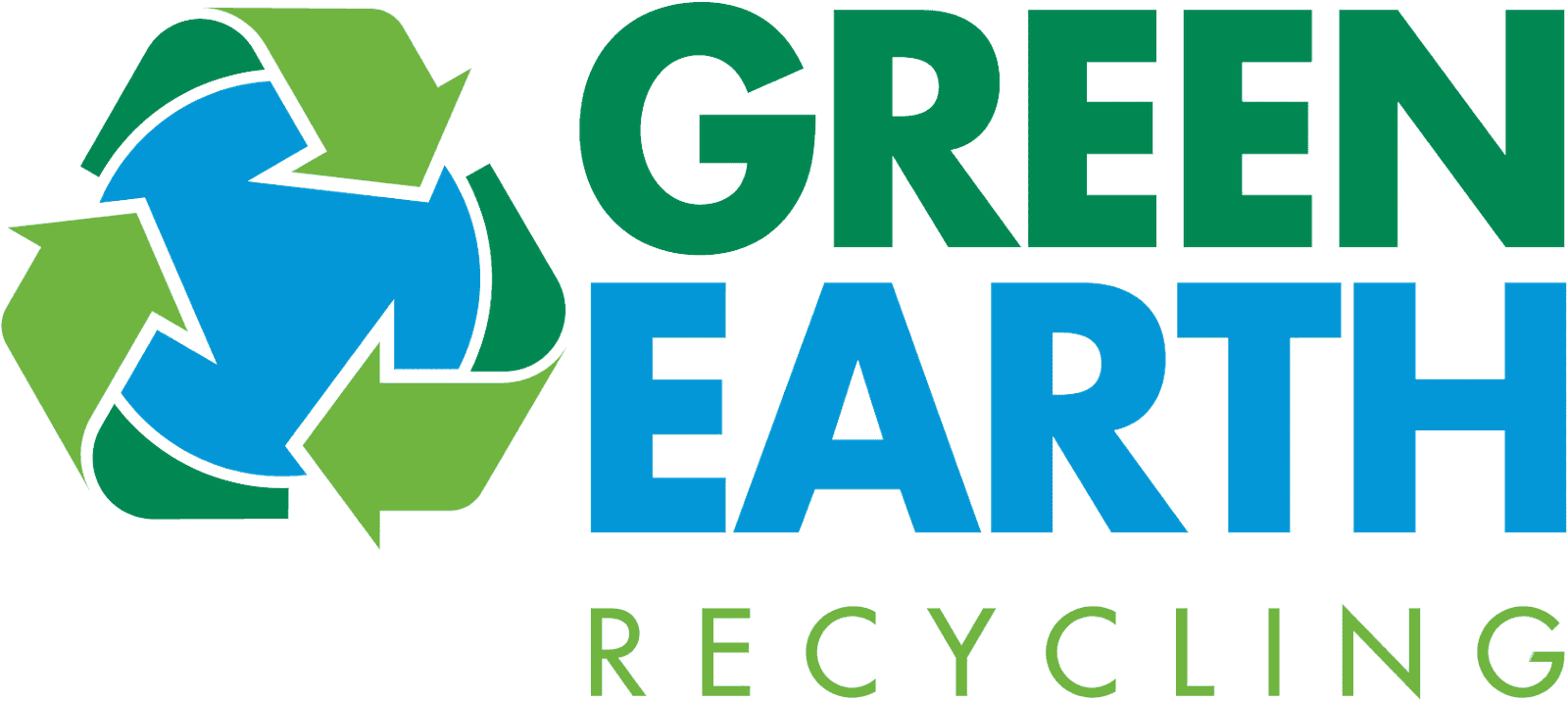Introduction: Give Clothes a Second Life — the Right Way 🧺✨
Whether you’ve just picked up a thrifted gem or you’re about to donate a bag of gently used clothes, one thing is clear: cleaning used clothing properly matters.
Why? Because clothes can carry dust, allergens, or even bacteria from storage or wear. Washing them the right way keeps them fresh, safe, and ready for their next chapter—whether it’s going to a new owner or finding a place in your own closet.
At Green Earth Recycling, we encourage donors to always clean clothes before placing them in our bins. Here’s how to do it right.
1. Sort Clothing First 🧤
Before throwing everything in the wash, take a few minutes to sort clothes by fabric type and care instructions:
✔️ Separate lights from darks
✔️ Check clothing tags for specific washing instructions
✔️ Set aside delicate or dry-clean-only items
✔️ Remove anything with stains or odors for special treatment
Sorting helps preserve the quality of each item and prevents damage.
2. Pre-Treat Stains and Odors 🧼
Used clothing may have set-in stains or lingering smells—especially if stored for a long time.
✅ For stains:
-
Use a stain remover or a paste of baking soda and water
-
Gently rub it into the spot and let sit for 15–30 minutes before washing
✅ For odors:
-
Soak items in a mix of one part vinegar and four parts water for 30 minutes
-
Let them air out in the sun if possible, which naturally removes odors and bacteria
These steps can revive clothes that seem too far gone.
3. Use the Right Water Temperature 🌡️
Hot water can sanitize but also shrink or damage delicate fabrics. Use:
-
Hot water for durable fabrics (like towels, socks, cotton t-shirts)
-
Cold water for delicates, colors, and synthetic fabrics
-
Warm water for most general clothing
When in doubt, cold water with a quality detergent is a safe bet for most garments.
4. Choose the Right Detergent 🧴
For used clothing, it’s best to choose a mild, fragrance-free detergent—especially if donating. Some people may have allergies or skin sensitivities, so avoid strong scents or additives.
🌿 Bonus: Choose eco-friendly detergents to keep your cleaning process sustainable.
5. Disinfect Naturally When Needed 🦠
If you’re cleaning items like workout clothes, underwear, or baby clothing:
-
Add white vinegar (½ cup) to the rinse cycle
-
Use tea tree oil or eucalyptus oil (a few drops) as a natural disinfectant
-
For whites, hydrogen peroxide can brighten and disinfect safely
These are gentler alternatives to bleach and still effective in killing germs.
6. Dry With Care ☀️
Some items can go in the dryer; others can’t.
-
Tumble dry on low for cottons and sturdy fabrics
-
Air-dry delicates and synthetics to avoid shrinking
-
If possible, dry clothes outside in sunlight—it’s a natural antibacterial and deodorizer!
Never donate wet or damp clothing—moisture leads to mold, especially in sealed bags.
7. Fold or Hang After Washing 👕
Once dry, neatly fold or hang the clothes:
✅ Remove lint and hair with a roller
✅ Button buttons and zip zippers
✅ Place them in clean bags or boxes for donation
This small touch ensures the clothing is presentable and respectful for whoever receives it next.
Cleaning used clothes isn’t just about freshness—it’s about respecting the next wearer, protecting health, and extending the life of each garment.
✅ Donating? Clean items show care and ensure they’re usable
✅ Thrift shopping? Washing first protects you from allergens or irritants
✅ Organizing your closet? Freshly cleaned clothes make for a satisfying reset
📍 If you’re ready to donate, bring your freshly cleaned clothes to a Green Earth Recycling donation bin near you—and give them the clean, second chance they deserve.





